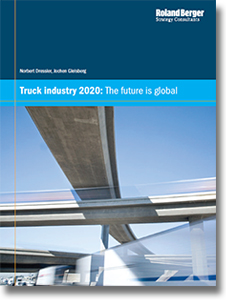Truck Industry 2020: The Future is Global
When a market of global significance departs from a long-standing pattern of healthy growth, it is time to ask some searching questions, is it "just" the economic downturn that has put the brake on the truck industry, or are there other, more fundamental factors at work?
Having motored ahead with forceful growth for many years, the truck industry was visibly slackening the pace before the world’s financial markets hit the skids.
When this turmoil developed into a fully-fledged economic crisis, the industry shifted into reverse.
“Truck industry 2020: The future is global” examines the current changes in the industry landscape, explores the influences that are driving them - including the current macroeconomic context and other, more fundamental factors - and looks at where the industry is likely to be in 2020.
Based on interviews with more than 50 top executives from truck OEMs and suppliers serving key markets in all the world’s major truck regions, it also asks what manufacturers should and must do now to prepare themselves for the challenges of tomorrow.
Faced with rising fuel prices, stricter environmental legislation and generally saturated markets, OEMs in the triad markets are having to contend with flat or shrinking demand at home.
To compensate, they are turning their attention to emerging markets (especially the BRIC countries) that are still experiencing buoyant growth, or that are recovering faster from the financial crisis.
For their part, manufacturers based in emerging markets are themselves looking to expand into foreign markets - mostly into other emerging countries, but in some cases into triad regions too.
The truck market as a whole, then, is globalizing rapidly; and this statement applies not only to OEMs, but also to customers. The key criteria that influence purchase decisions are becoming more and more alike in different regions.
As a result, OEMs can develop a single, common concept to serve the various segments across different regions. This approach generates additional potential for globalization in the truest sense of the word.
The key question for OEMs in either region is how best to exploit their own strengths and existing market opportunities, weigh up the relevant risks and benefits, avoid potential pitfalls, and so turn globalization to their own advantage.
We examine the obvious differences that exist between the triad and emerging markets on the one hand, and between the world’s premium, budget and low-cost segments on the other. In doing so, we find that OEMs moving in either direction must take account of these differences and their gradual convergence across segments in order to successfully implement their globalization strategies.
What’s Related
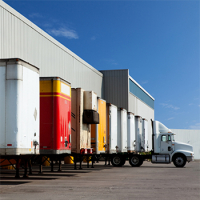
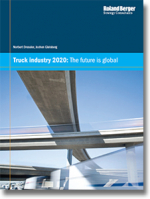
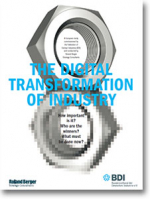
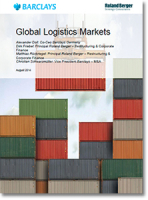
Favorites





